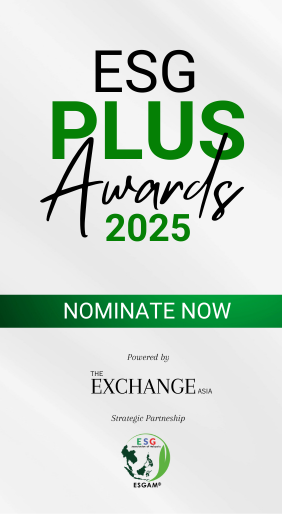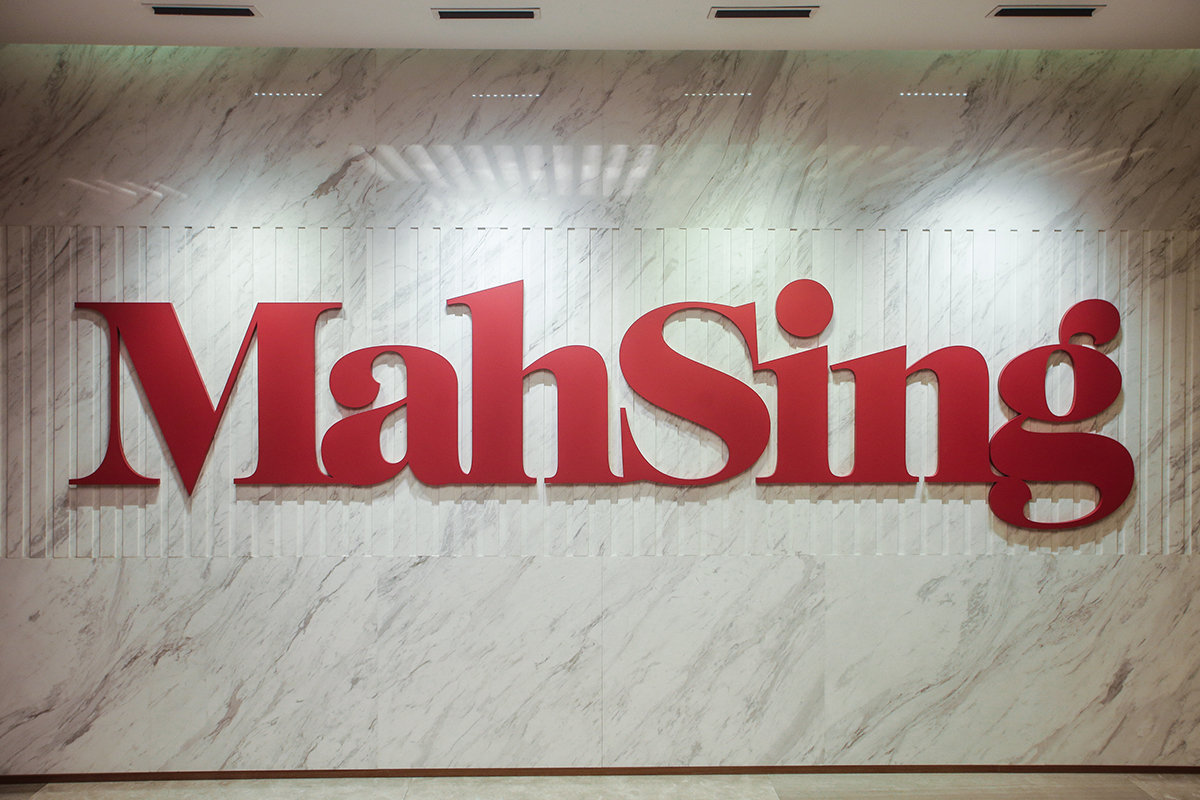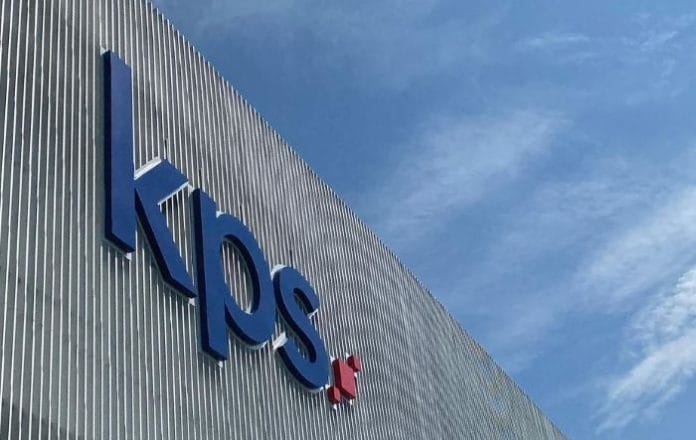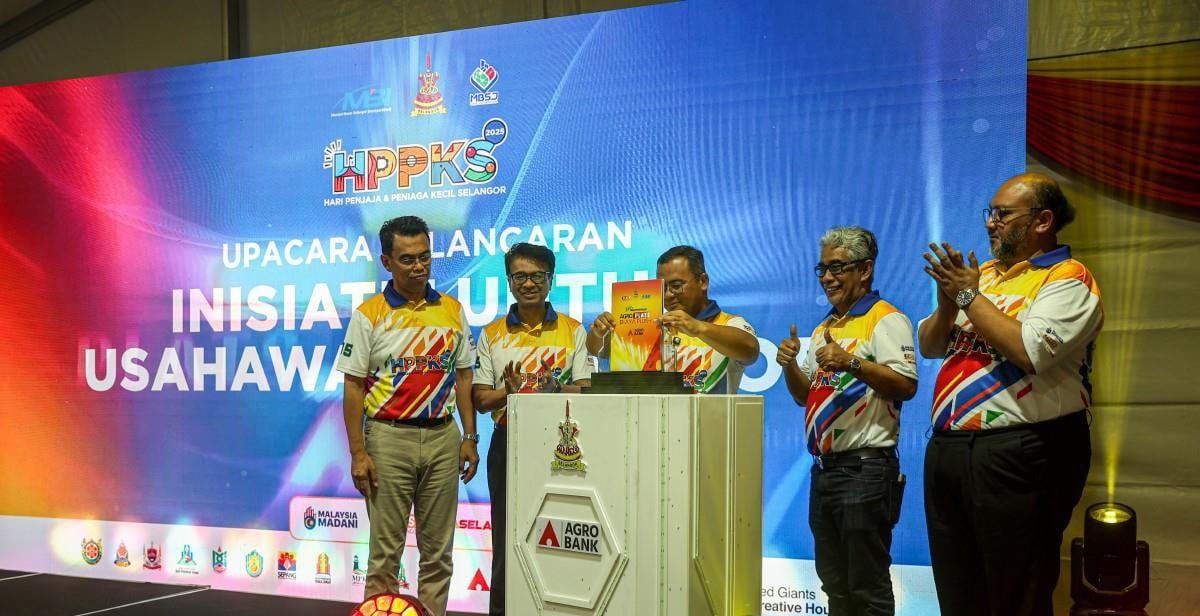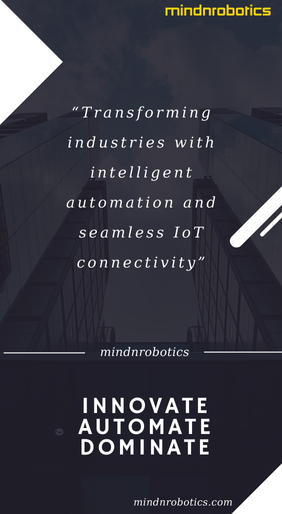As businesses globally prioritse sustainability, Signify Malaysia, led by Sukanto Aich, has emerged as a leader in lighting solutions with a keen focus on energy efficiency, carbon neutrality, and smart technologies. The company’s recent achievements underscore its commitment to both innovation and sustainability, positioning itself at the forefront of environmental responsibility in Malaysia and the region.
Achieving Carbon Neutrality and Renewable Energy Goals
Signify reached carbon neutrality in 2020 across all operations, including Malaysia. “This was achieved by transitioning to 100% renewable electricity, improving energy efficiency, and compensating for any remaining carbon emissions through certified projects,” explained Sukanto Aich, President of Signify Malaysia. This ambitious goal aligns with Malaysia’s environmental targets and the United Nations Sustainable Development Goals (SDGs).
The company also champions energy-efficient LED technology and offers circular solutions such as Light as a Service, where businesses lease lighting systems instead of purchasing them. “This service allows companies to reduce waste while benefiting from high-quality lighting solutions without a significant upfront investment,” noted Aich.
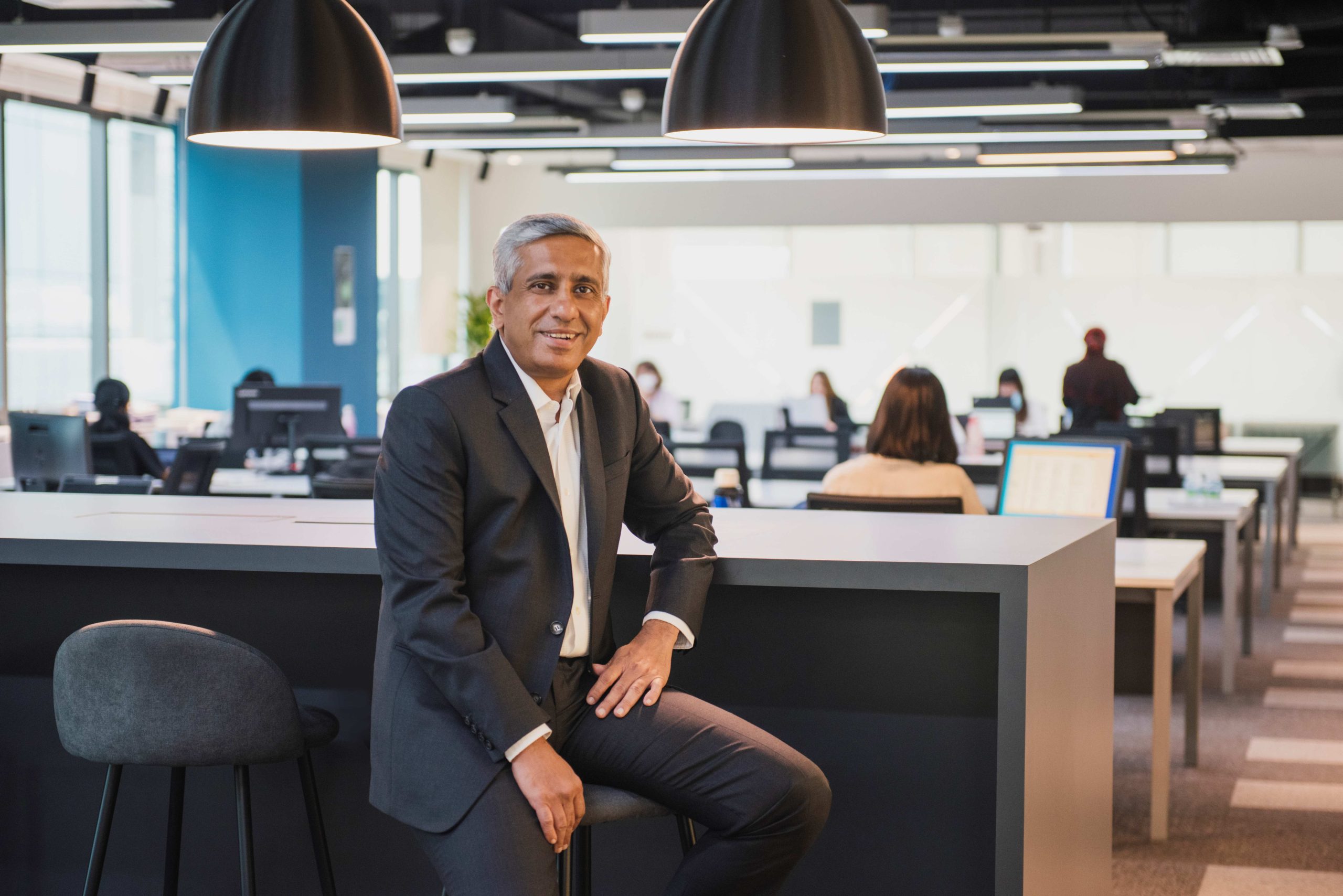
Market Response and Growing Industry Adoption
The Malaysian business community has embraced sustainable lighting, driven by environmental awareness and rising energy costs. Sectors such as commercial real estate, hospitality, and manufacturing are leading the charge. Aich elaborated: “We’ve observed strong interest from industries where energy savings and sustainability credentials are crucial, such as real estate, where developers are aligning with green building standards like LEED and GBI”.
In manufacturing, the adoption of LED solutions has reduced operational costs significantly. “Depending on the application, energy consumption can be lowered by up to 70%, especially when combined with smart lighting controls,” Aich stated. Similarly, hotels are using smart lighting systems to create dynamic atmospheres for guests while saving energy through automated controls based on natural light cycles.
Government incentives like the National Energy Efficiency Action Plan (NEEAP) and the Green Technology Financing Scheme (GTFS) have further accelerated the adoption of these technologies.
Addressing Challenges: Cost and Awareness
One of the primary challenges in promoting sustainable lighting solutions is the high upfront investment. “While LED and smart lighting systems offer long-term savings, the initial costs can be a deterrent,” Aich admitted. To mitigate this, Signify introduced Light as a Service, a financing model that spreads costs over time to make sustainable solutions more accessible.
Another challenge is market awareness. “Many businesses are not fully aware of the benefits these technologies offer,” Aich said. “Our Green Switch campaign aims to bridge this gap by educating customers on how sustainable lighting can drive both economic and environmental benefits”.
Innovations in Solar and 3D Lighting Technologies
Signify has expanded its portfolio to include solar-powered lighting, bringing illumination to remote areas that lack access to grid electricity. “These solar lighting solutions have already been deployed in several municipalities, reducing reliance on grid power and cutting energy costs,” Aich shared. The initiative aligns with Malaysia’s national sustainability goals while enhancing safety and visibility in rural regions.
The company has also embraced 3D printing technology, which Aich described as a game-changer. “3D printing allows us to minimize material waste by only using what’s necessary to build the final product. This also enables local, on-demand production, reducing transportation emissions and warehousing needs,” he explained.
Driving Energy Savings Through Smart Lighting
Signify’s smart lighting solutions help businesses reduce energy consumption and carbon emissions by utilizing sensors and automation. “Our systems adapt lighting based on occupancy and daylight availability, ensuring that energy is used only when and where needed,” Aich said.
One example of the company’s innovation is its collaboration with Optimax Eye Specialists, where UV-C disinfection lighting was integrated with smart systems to enhance air quality and safety. “These advanced systems not only reduce operational costs but also align with our sustainability goals by cutting down carbon emissions,” Aich added.
Collaboration plays a crucial role in Signify’s strategy to drive innovation. Aich highlighted the company’s partnership with Cisco as an example: “By integrating our lighting solutions with Cisco’s networking technology, we’ve created smart systems that enhance both efficiency and cybersecurity”. This partnership enables building managers to control lighting across facilities via a single platform, optimizing energy use and improving operational efficiency.
Looking ahead, Signify plans to expand its presence in East Malaysia to meet the growing demand for sustainable lighting. “We are also focused on integrating AI and IoT technologies into our products to provide even more advanced solutions,” Aich revealed.
With sustainability and innovation embedded in its core strategy, Signify Malaysia is lighting the way toward a greener future. From carbon-neutral operations to smart lighting systems, the company’s efforts demonstrate how businesses can drive positive environmental change while remaining competitive.
“Our commitment to sustainability goes beyond products—it’s about creating long-term value for our customers, society, and the planet,” Aich concluded. “We believe that by continuing to innovate and collaborate with industry partners, we can contribute to a brighter, more sustainable future”.
By integrating cutting-edge technology with practical sustainability initiatives, Signify exemplifies how businesses can stay resilient and profitable in an ever-changing market, all while advancing environmental goals.

